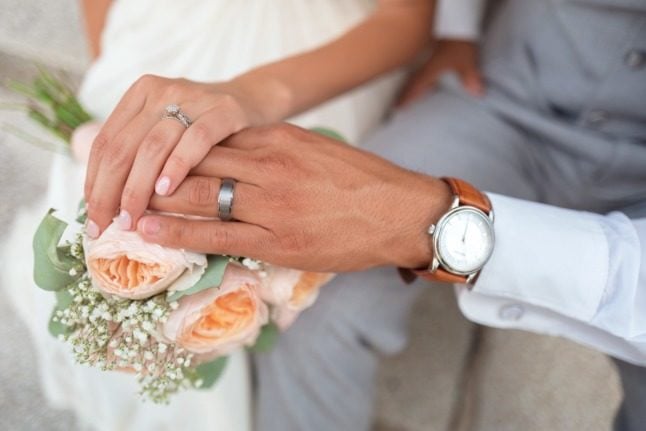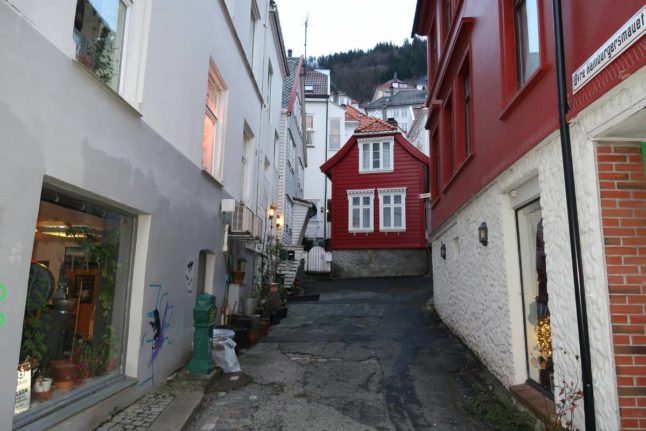Getting married is one of the happiest moments of your life, but before you get to the big day, there are several things you’ll need to do before you tie the knot in Norway.
We assume that you have already got a fiancé or are planning on proposing, so we’ll skip that step.
Can foreign citizens get married in Norway?
Yes, but there are some rules.
If one partner in the couple is a foreign citizen, they will need to be in Norway legally for the marriage to go ahead. This doesn’t mean they need a residence permit, however. Instead, they can have a permit, be visiting the country legally with or without a visa, or have residence as an EU or EEA citizen.
If both partners are foreign citizens, then the same rule will apply.
What paper work needs to be filled out?
Before you can get married, you’ll also need to apply for a certificate to get married from Skatteetaten, the Norwegian Tax Administration. This is to prove that you meet the conditions to get married.
Both parties will need to fill out the various forms as part of the application.
The application you will need to fill out is the “certificate of no impediment to marriage”. You can take a look at the application here.
The application includes a personal declaration to be filled in separately. You can take a look at the form here.
You will also need witnesses, one for each person, who knows the parties. They do not need to be present at the wedding but must be over 18. Click here to take a look at the form for the witness statement.
If you are divorced according to foreign law, you will need this recognised by local government. This is a separate application that you can take a look at here.
And finally, if you wish to change your name, you will need to fill out this form.
Documentation of names, ages and citizenships must also be provided. The documents must be original or a copy verified by a Norwegian public authority such as the police. If you are planning on using a passport as proof, then it must be a copy.
READ ALSO: You can now get married at this famous Norwegian beauty spot
How do you submit the form?
The quickest way to apply is online. Both partners will need to have a Norwegian national identity number or a D-number to apply online. Both must also have access to a level four security electronic ID, such as Bank ID too.
You can read our complete guide to electronic ID in Norway here.
If you are unable to complete the application online, then you can submit a paper form instead. Both applications will need to be done on paper if neither can be done electronically.
The paper forms are sent to: Skatteetaten, Postboks 9200 Grønland, NO – 0134 OSLO
Is there anything else we need to know about the application?
If applicable, a certificate from a person’s home country or most recent country of residence showing that there is no reason why you cannot be wed in Norway must also be provided.
This certificate must be no more than four months old, and be written in English, Danish or Swedish. The certificate will also need to be an original copy and legalised with an apostille. An apostille is a stamp that confirms a public official’s signature is genuine.
The documentation required for certain countries is a lot stricter. They will need to be certified by a Norwegian embassy in the country the document has been issued from. You can take a look at the countries which have stricter requirements here.
Apart from postage, if you are doing the application on paper, the application is completely free.
How long will the application take?
The process to get the application approved takes around 5-6 weeks after it is received, so make sure to leave plenty of time.
After the application is processed, you will receive a certificate. The certification is valid for four months after it is issued. If for whatever reason, your application is rejected, you can appeal here.
Once the paperwork is all in order, you will need to send the certificate of no impediment to the wedding official marrying you and yourr significant other. Again, you can choose whether to send the certificate digitally or by post.
Is there any other paperwork that needs to be filled out?
In Norway, it is also possible to draw up a marriage agreement to regulate the ownership of the couple’s assets or property. If an agreement isn’t in place, then assets and property will automatically be regulated by Norwegian marriage legislation.
You must already have a time and date for the wedding arranged before you send the certificate to your wedding official.
What happens after this?
As soon you’ve gotten all your affairs in order, then you are all set for the big day and the wedding itself. On the day of your wedding, you will need to show a form of identification to the wedding official.
Once the ceremony is complete, then the wedding official will send the wedding notification to the tax authorities within three days of the event. The tax authorities will then send a wedding certificate or via post depending on whether you have a national identity number or not.



 Please whitelist us to continue reading.
Please whitelist us to continue reading.
Dear Sir,
I just wonder if you have an article concerning herbal/tradisional medicine in Norway
Thank you before hand for your kind attention.
Sincerely,
Herry Kostofani